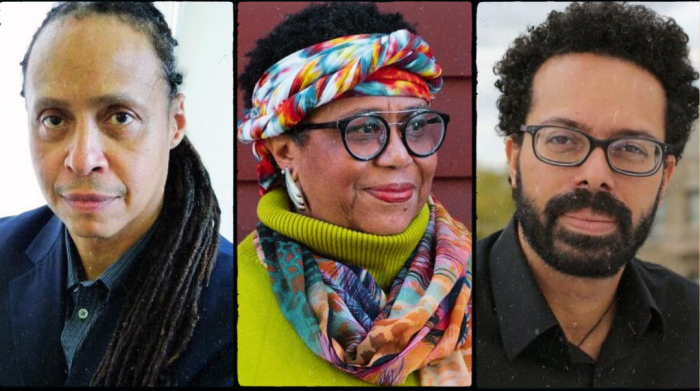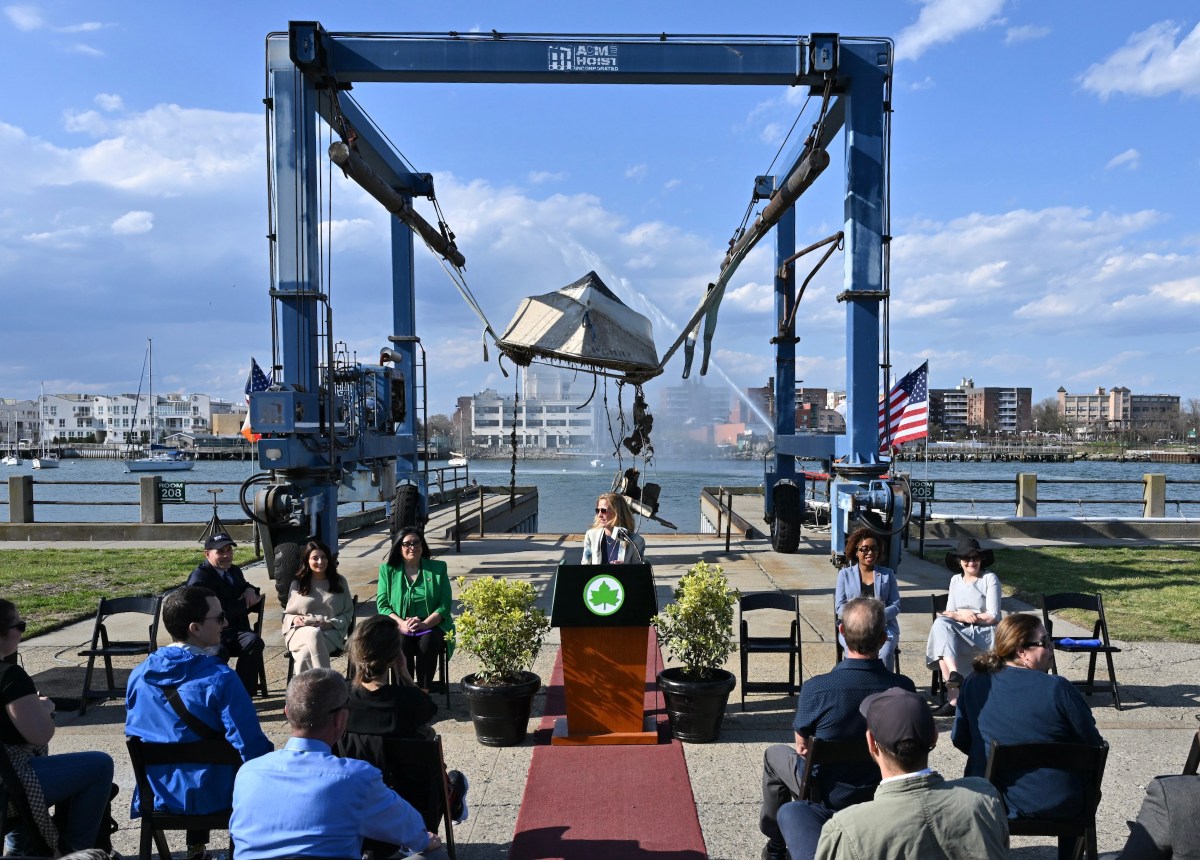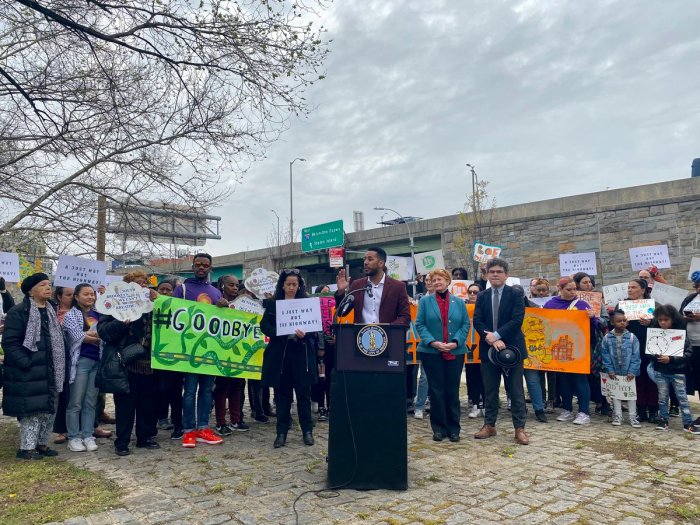City officials have pledged — again — to improve conditions for pedestrians at the terrifying intersection of Eastern Parkway and Washington Avenue, but some locals are saying that they’ve heard it all before.
In February, 2009, the Department of Transportation told residents that it would redesign the intersection to help pedestrians cross the dangerous main thoroughfare of Prospect Heights.
But that work never happened — and as a result, the area remained crash prone.
Statistics compiled by Transportation Alternatives reveal that from 1995 to 2005, there were 27 pedestrian injuries, 13 bicyclists injured and one fatality at the sketchy stretch of pavement.
In the last three years, the rate of accidents has dropped a bit, down to an average of less than two pedestrian injuries per year, according to the city — but locals insist there have been plenty more near-misses at the mortifying intersection at the foot of the Brooklyn Museum, where four-lane Washington Avenue smashes into the five-lane Eastern Parkway speedway.
The main problem is a lack of proper pedestrian signal at the intersection opposite the museum, locals say. But the confusing Eastern Parkway service road is also a problem.
“It seems nonsensical there is not a ‘Walk-Don’t Walk’ sign there,” said Megan Dee, who crosses the intersection with her 8-year-old daughter when she is dropped off by the school bus at Classon Avenue. “It’s very hard to gauge when its safe to cross for an adult — for a child it would be impossible.”
To add to the confusion, there is a turn-off with only a yield sign that allows cars to turn onto the service road — originally designed for wagons. Olmsted and Vaux, the designers of the parkway, couldn’t have imagined their road — which was meant for “pleasure-riding” in the much-slower horse-and-buggy age — could have become so sketchy in the era of the speeding horseless carriage.
“The service road makes it a really complicated intersection,” said Bay Brown, another mortified mom. “Cars are so focused on the intersection they stop in the crosswalk.”
Brown has had hair-raising experiences crossing Washington Avenue with her kids on a daily basis.
“One time a driver didn’t see us because the car in front of him stopped in the crosswalk,” Brown recalled. “It suddenly drove up and almost hit me and my kids.”
Rob Witherwax, the vice-chair of Community Board 8, said the harrowing intersection is not a new problem.
“Petition-signing and serious lobbying [to make the intersection safer] started in 2000,” Witherwax said. “We had support from all local elected officials, and the project was funded in 2005. … The entire thing has been stuck in inter-agency hell since then.”
According to Witherwax, the city promised to start work in the fall of 2009. Now, “at the earliest, the work won’t begin until June, and then has an 18-month timeline to completion,” he said.
A spokesman for the Department of Transportation confirmed that a project would begin later this year to make the intersection safer. In the interim, he said that the city would consider increased traffic enforcement and other measures to reduce roadway speeds.
But Brown feels that struggle to improve the hazardous intersection is not just a matter of city bureaucracy — more influential neighborhoods would never have to endure such a predicament.
“If this were Park Slope, this would have been resolved years ago,” said Brown.
























